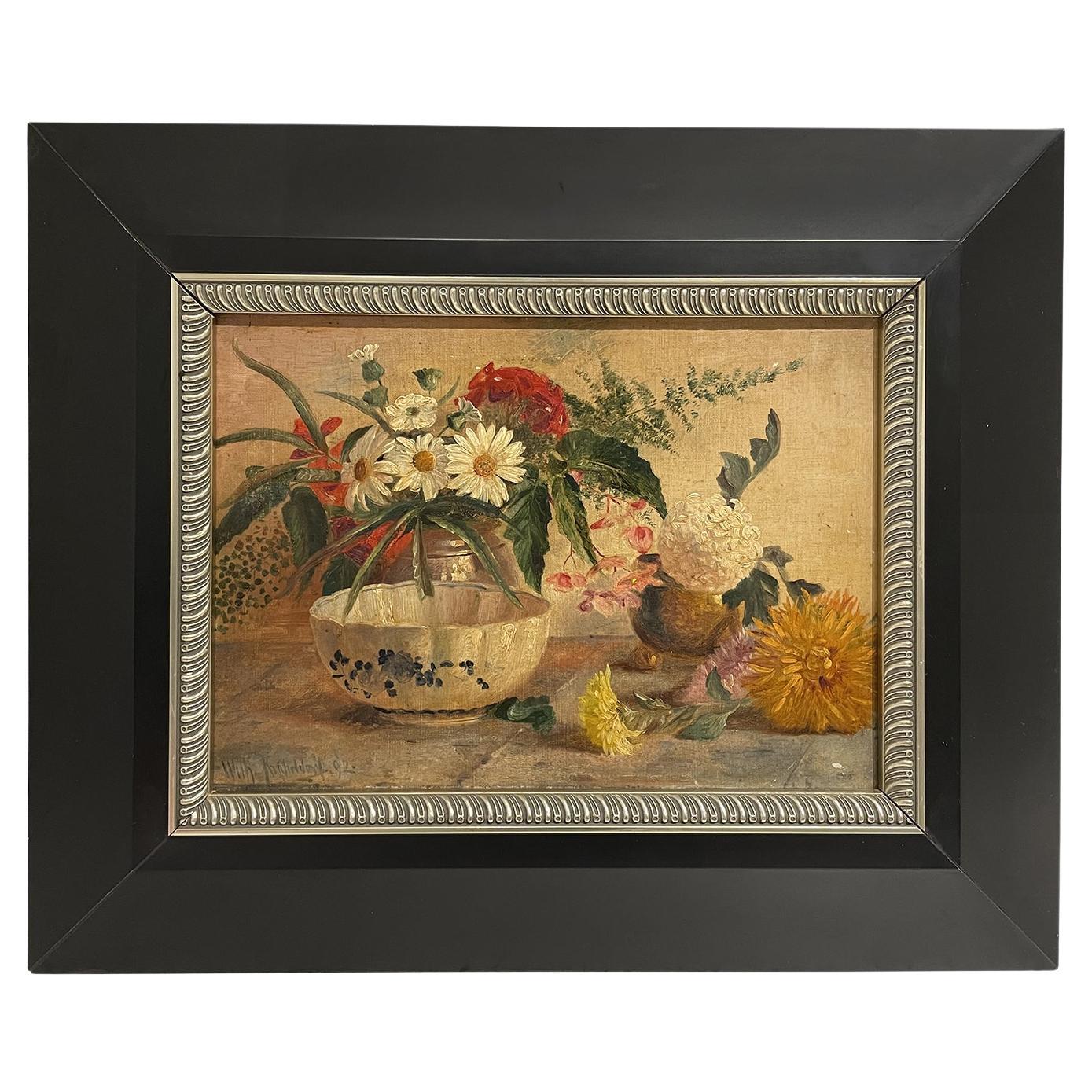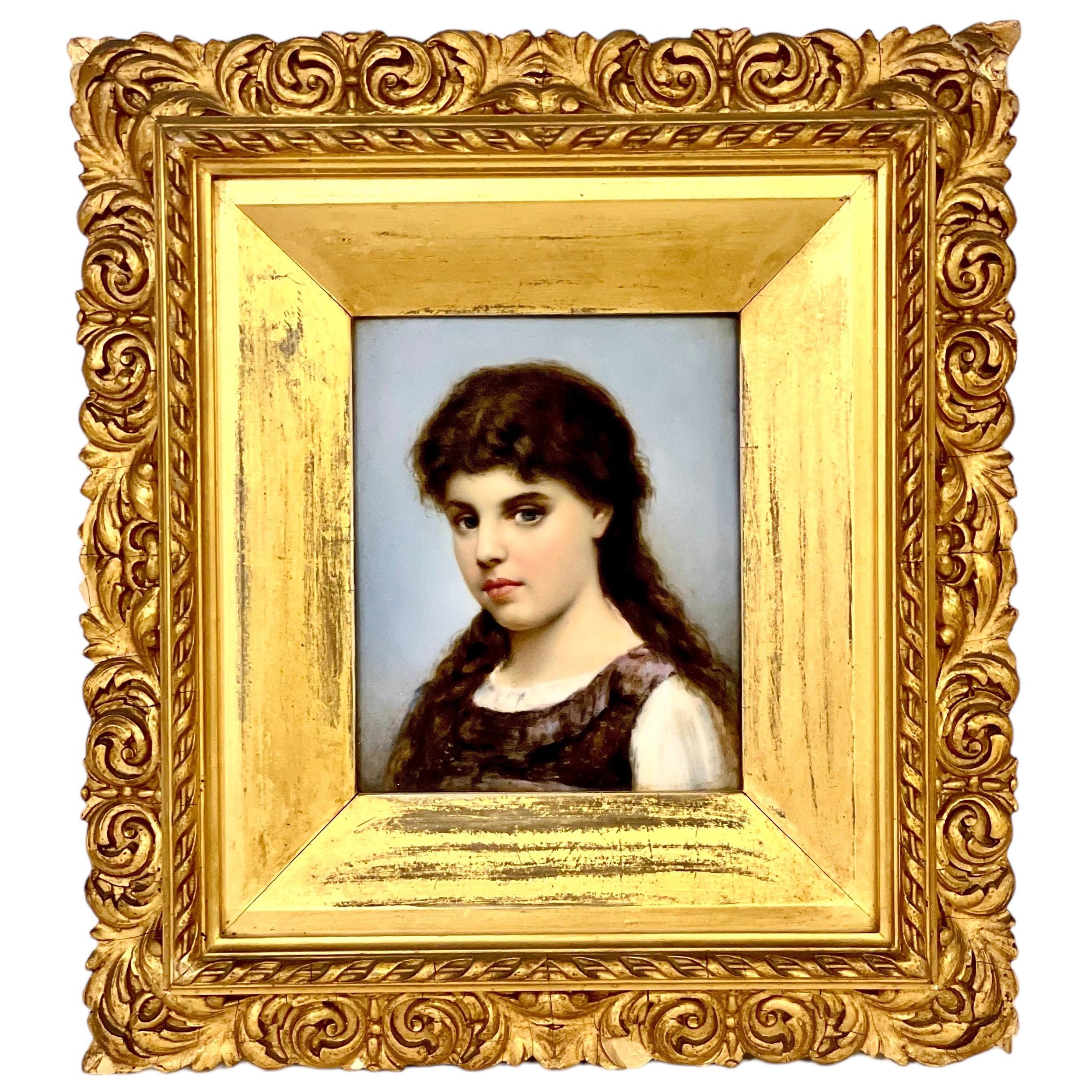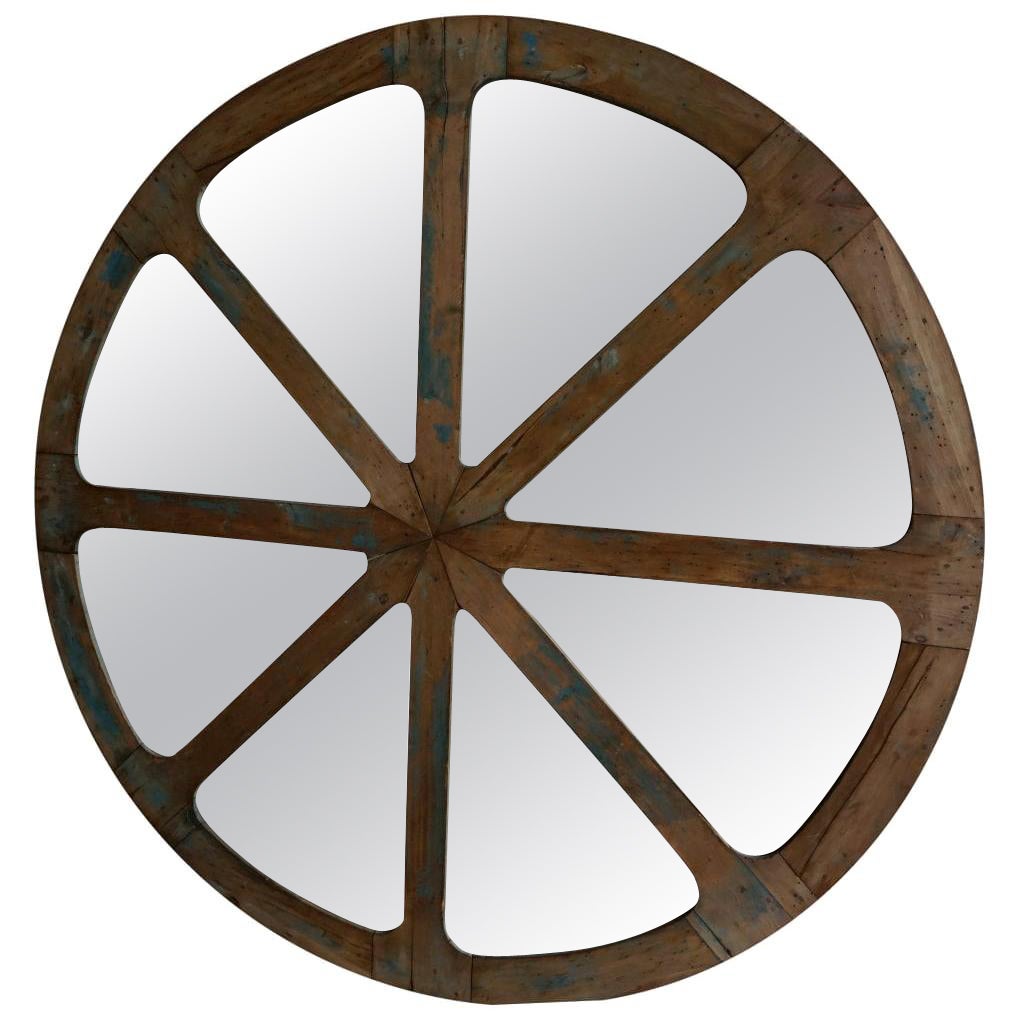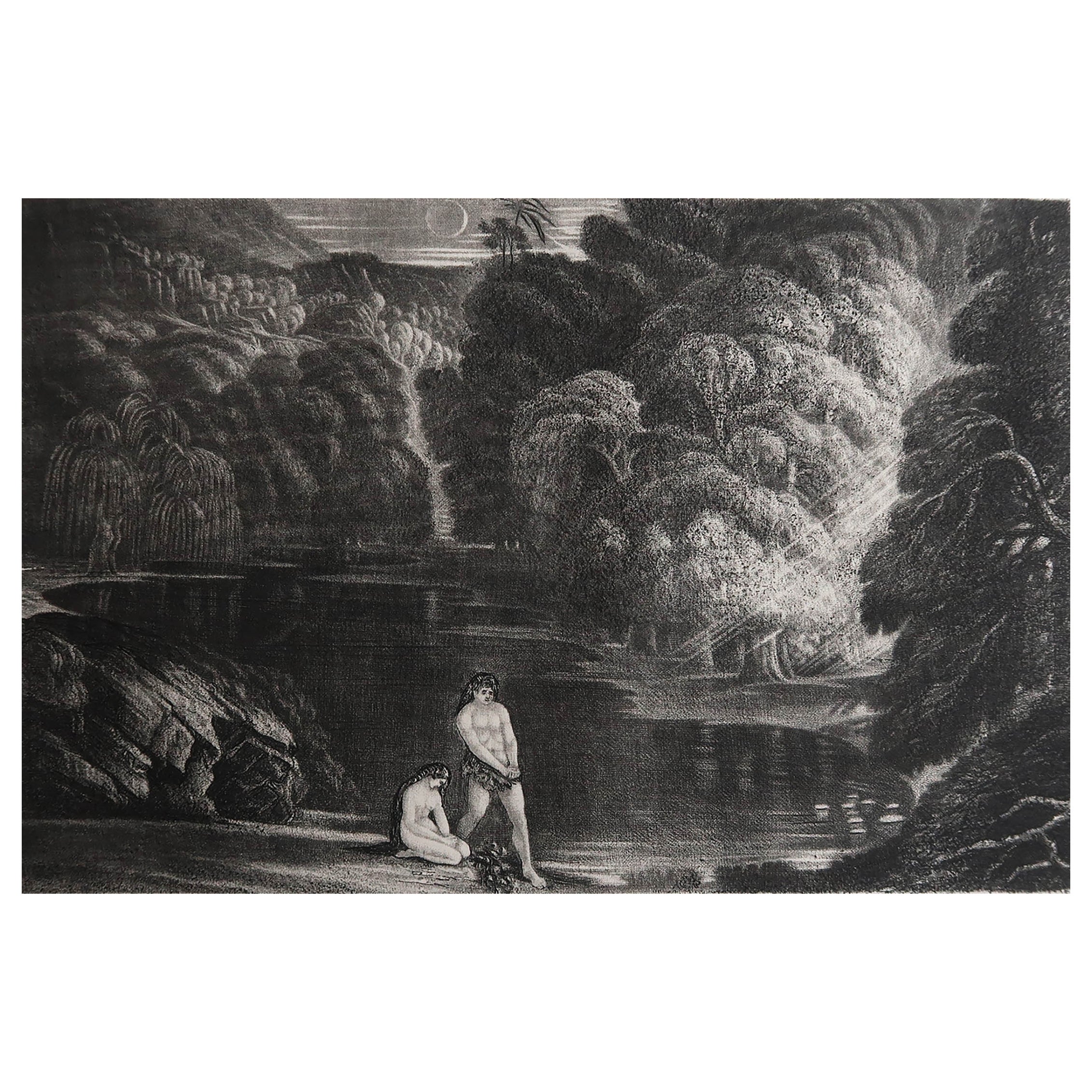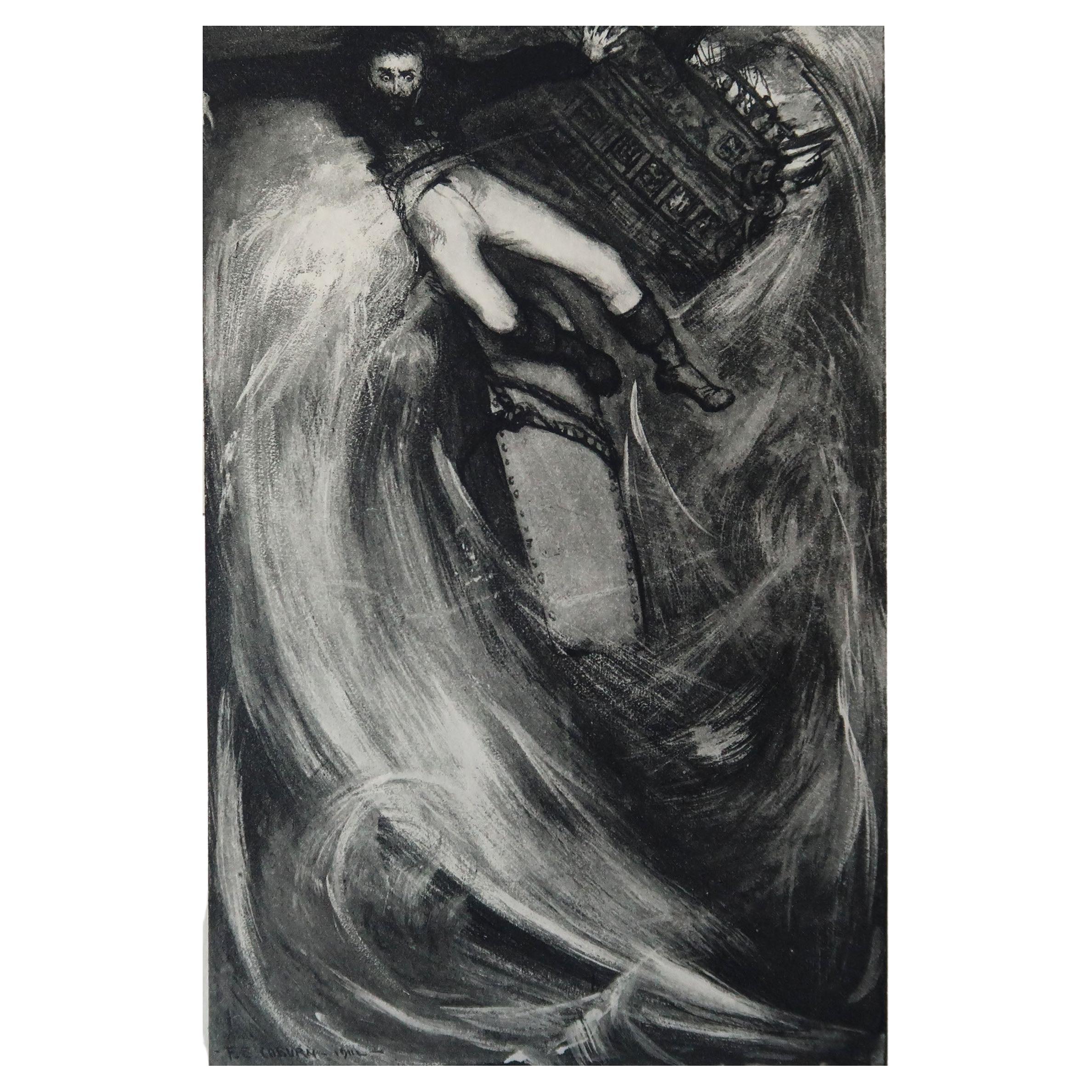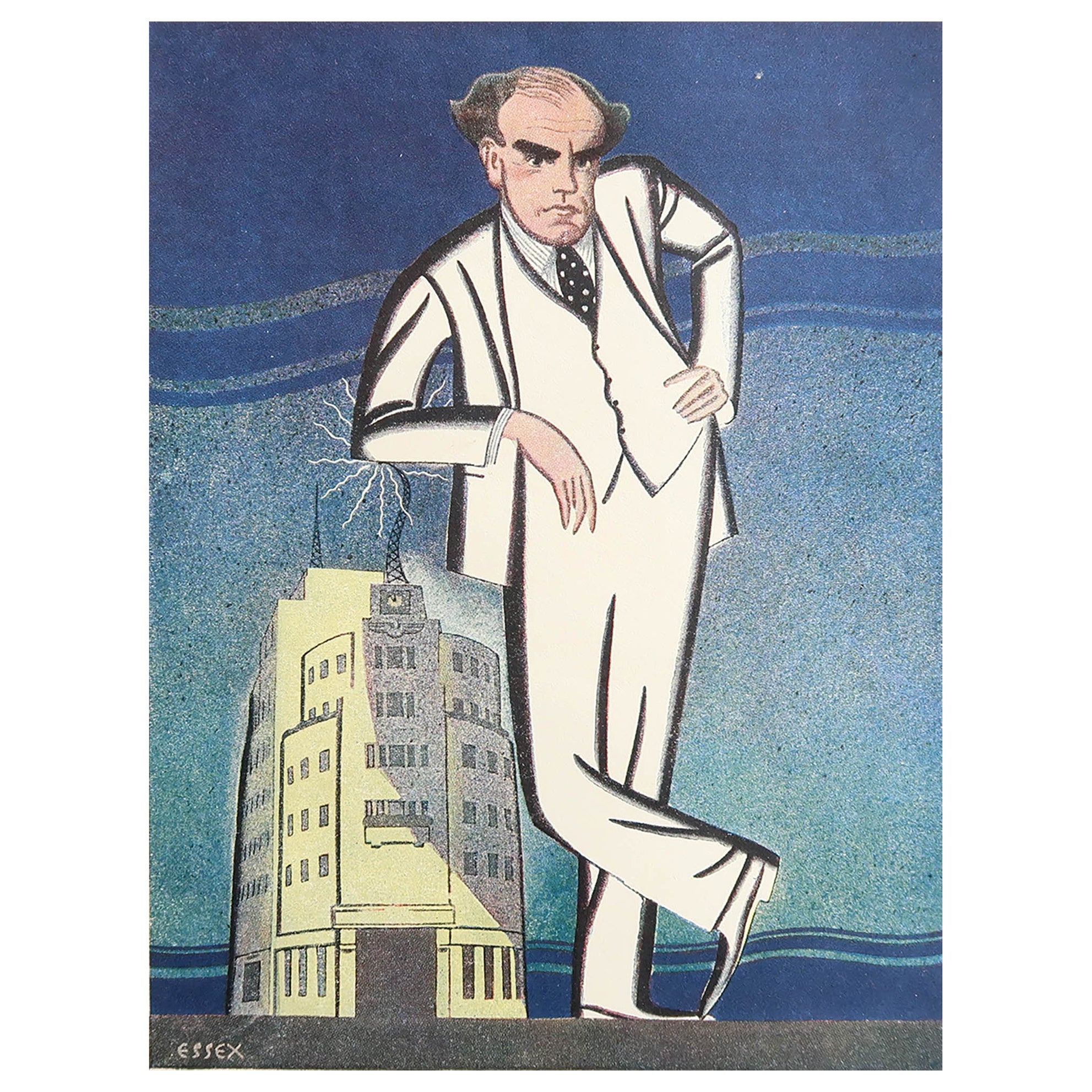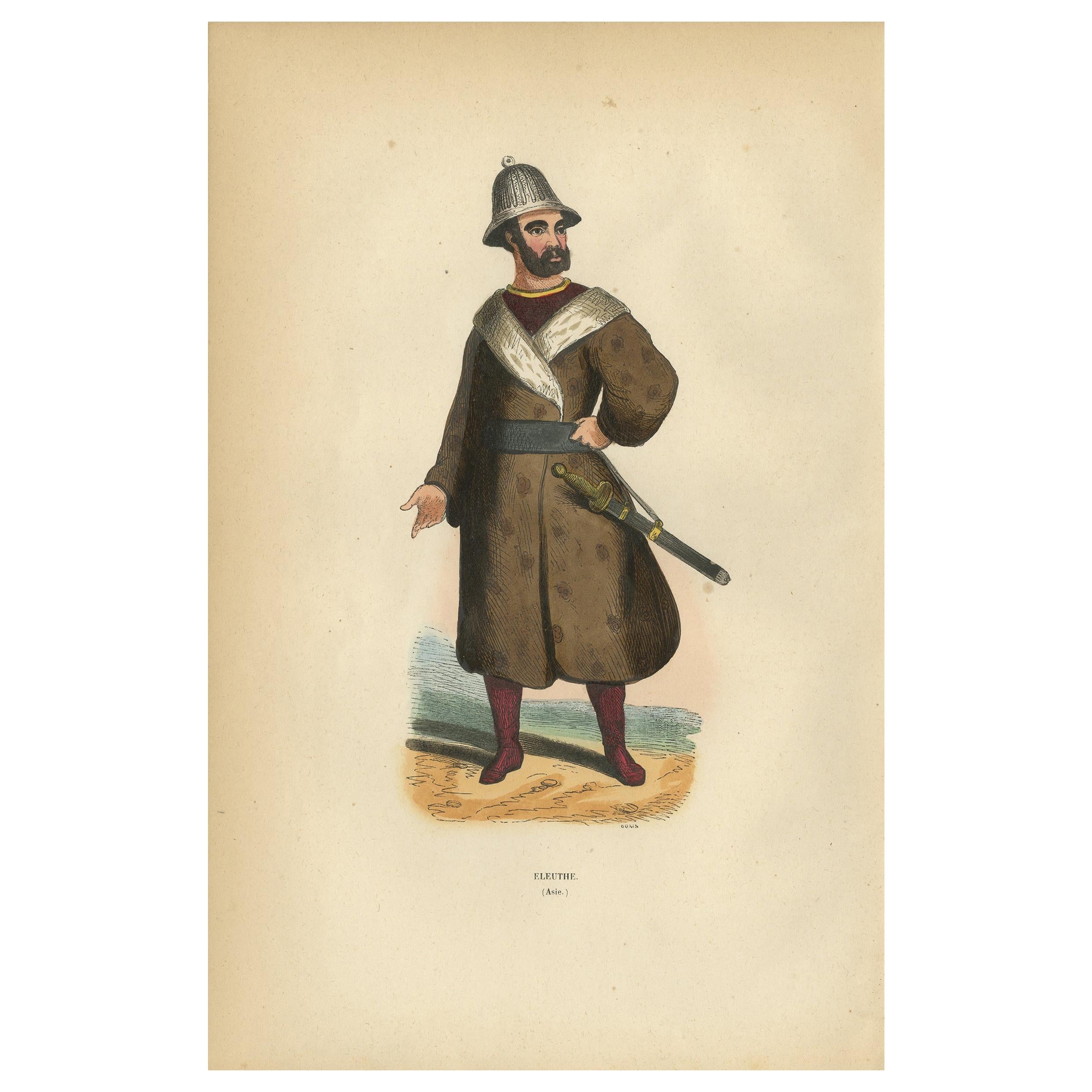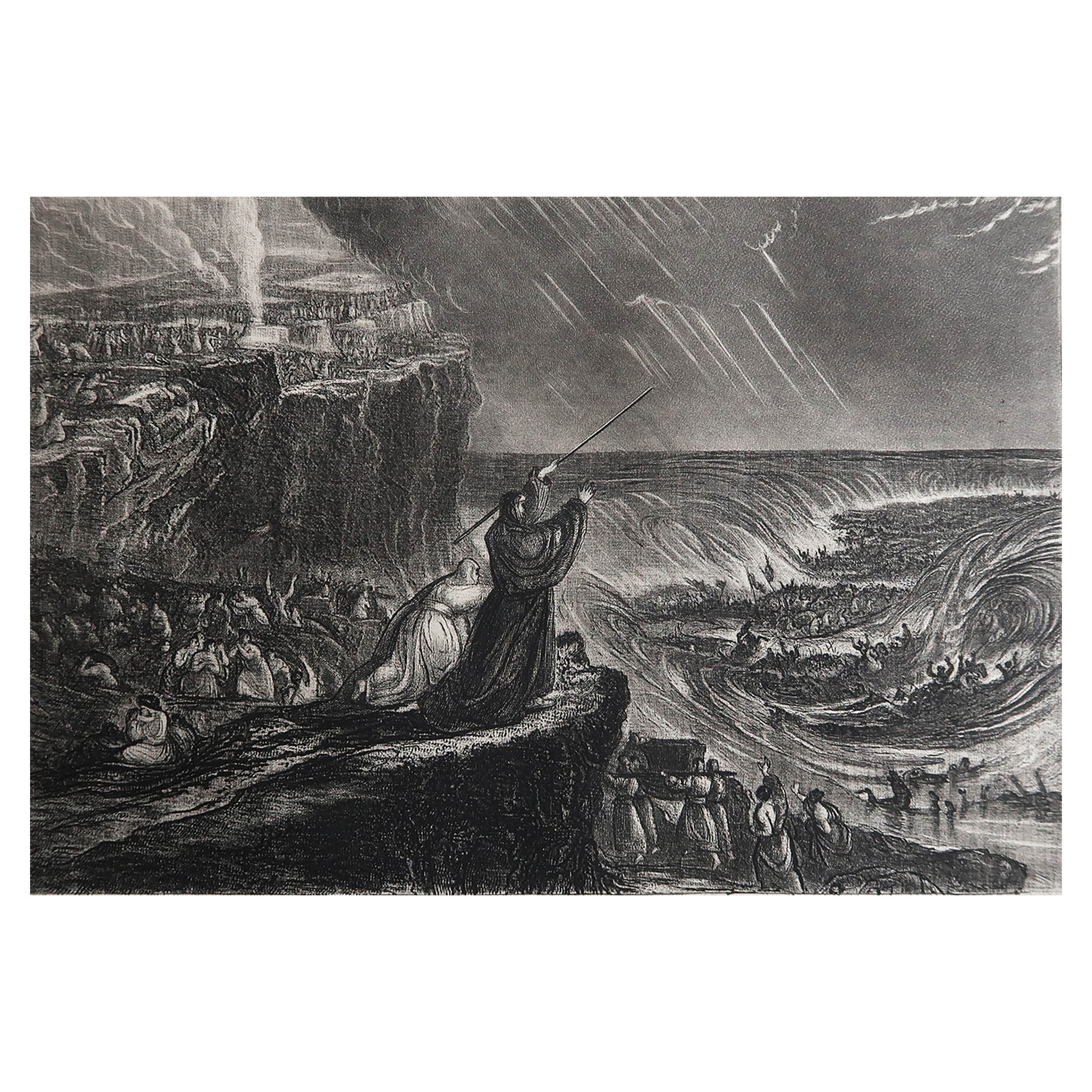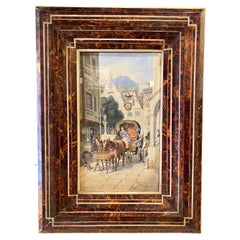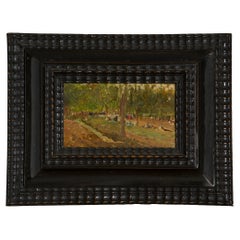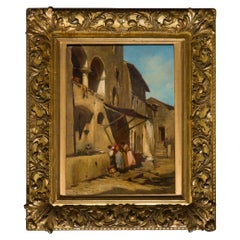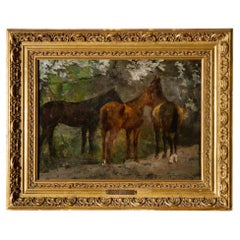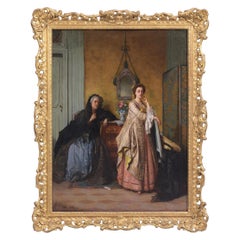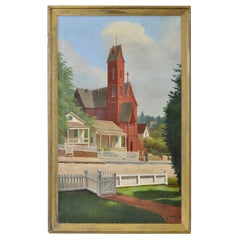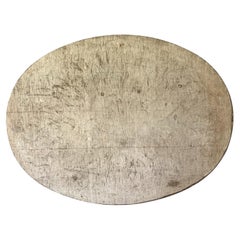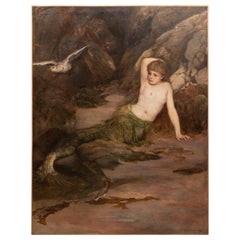
Important 19th Century Charles Napier Kennedy Painting “The Mermaid”
View Similar Items
Want more images or videos?
Request additional images or videos from the seller
1 of 17
Auction endedBrowse Current Auctions
Important 19th Century Charles Napier Kennedy Painting “The Mermaid”
About the Item
- Creator:Charles Napier Kennedy (Author)
- Dimensions:Height: 72.45 in (184 cm)Width: 58.27 in (148 cm)Depth: 3.35 in (8.5 cm)
- Style:Romantic (Of the Period)
- Materials and Techniques:
- Place of Origin:
- Period:
- Date of Manufacture:1888
- Condition:Repaired: An exhaustive conservative restoration was conducted to preserve the painting's overall originality,. Refinished. Replacements made: Little colors replacements have been made. Wear consistent with age and use. Minor fading. A technical data sheet produced by the restoration studio — one of the best in Italy.
- Seller Location:Roma, IT
- Reference Number:1stDibs: LU4827222510102
About the Seller
5.0
Gold Seller
Premium sellers maintaining a 4.3+ rating and 24-hour response times
Established in 2005
1stDibs seller since 2019
87 sales on 1stDibs
Typical response time: 4 hours
Authenticity Guarantee
In the unlikely event there’s an issue with an item’s authenticity, contact us within 1 year for a full refund. DetailsMoney-Back Guarantee
If your item is not as described, is damaged in transit, or does not arrive, contact us within 7 days for a full refund. Details24-Hour Cancellation
You have a 24-hour grace period in which to reconsider your purchase, with no questions asked.Vetted Professional Sellers
Our world-class sellers must adhere to strict standards for service and quality, maintaining the integrity of our listings.Price-Match Guarantee
If you find that a seller listed the same item for a lower price elsewhere, we’ll match it.Trusted Global Delivery
Our best-in-class carrier network provides specialized shipping options worldwide, including custom delivery.More From This Seller
View AllMoritz von Schwind 19th Century Signed Painting
By Moritz von Schwind
Located in Roma, IT
Beautiful and important painting by the great Austrian artist Moritz von Schwind.
Watercolor on panel.
The painting has a beautiful threaded frame with tortoiseshell design.
Smaller size version of the painting “ The Honeymoon” circa 1850/52, Schack Collection Bayerische Staatsmäldesammlungen
This artwork, never before on the market, comes from a private collection and is beautified by an impressive antique frame, in almost perfect condition.
The painting is also protected by glass
Every item of our Gallery, upon request, is accompanied by a certificate of authenticity issued by Sabrina Egidi official Expert in Italian furniture for the Chamber of Commerce of Rome and for the Rome Civil Courts.
Moritz von Schwind (21 January 1804 – 8 February 1871) was an Austrian painter, born in Vienna. Schwind's genius was lyrical—he drew inspiration from chivalry, folklore, and the songs of the people.
Schwind died in Pöcking in Bavaria, and was buried in the Alter Südfriedhof in Munich.
Moritz von Schwind received rudimentary training and spent a happy and carefree youth in Vienna.
Among his companions was the composer Schubert, some of whose songs he illustrated.
In 1828, the year of Schubert's death, he moved to Munich, where he befriended the painter Schnorr and enjoyed the guidance of Cornelius, then director of the Academy.
In 1834, he was commissioned to decorate King Ludwig's new palace with wall paintings illustrating the works of the poet Tieck.
He also found in the same place congenial sport for his fancy in a "Kinderfries".
He was often busy working on almanacs, and on illustrating Goethe and other writers through which he gained considerable recognition and employment.
In the revival of art in Germany, Schwind held as his own the sphere of poetic fancy.
In 1839 he was entrusted with the new Karlsruhe academy, itself an embodiment in fresco of ideas thrown out by Goethe.
He decorated a villa in Leipzig with the story of Cupid and Psyche, and further justified his title of poet-painter with designs from the Niebelungenlied and Tasso's Gerusalemme for the walls of the castle of Hohenschwangau in Bavaria.
From the year 1844 dates his residence in Frankfurt during which he created some of his finest easel pictures, most notably the "Singers' Contest" in the Wartburg (1846), as well as designs for the Goethe celebration.
There were also numerous book illustrations. The conceptions for the most part are better than the execution.
In 1847, Schwind returned to Munich on being appointed professor in the academy.
Eight years later his fame was at its height on the completion in the castle of the Wartburg of wall pictures illustrative of the "Singers' Contest" and of the history of Elizabeth of Hungary.
The compositions received universal praise, and at a grand musical festival in their honour, Schwind himself was one of the violinists.
In Munich he also worked on some churches, particularly the altar and windows of the Church of Our Lady.
His exceptionally mature cycle, "Seven Ravens" from Grimm's fairy stories was produced in 1857.
In the same year he visited England to report officially to King Ludwig on the Manchester art treasures.
So diversified were his gifts that he turned his hand to church windows and joined his old friend Schnorr in designs for the painted glass in Glasgow Cathedral.
Towards the close of his career, with broken health and his powers on the wane, he revisited Vienna.
During this time, he created the cycle from the legend of Melusine and the designs commemorative of chief musicians which decorate the foyer of the Vienna State Opera...
Category
Antique 1850s Austrian Romantic Paintings
Materials
Wood
Tomas Martin Rebollo 19th Century Signed Painting
By Tomas Martín Rebollo
Located in Roma, IT
Beautiful oil painting on panel by the great Spanish artist Martin Rebollo Tomas (Granada, 12.5.1858 - Madrid, 7.2.1919).
Like most artists, he came to Italy, particularly Rome, for ...
Category
Late 20th Century Spanish Romantic Paintings
Materials
Wood
19th Century Enrico Coleman Signed Painting
By Enrico Coleman
Located in Roma, IT
An important painting by one of the most representative Italian artists of the 19th century, Enrico Coleman.
It depicts a village most probably from Lazio, perhaps a glimpse of Anticoli Corrado, the town famous for the attractiveness of its models, or rather Subiaco, his mother's birthplace.
The atmosphere here is typical of the XXVs of the Roman Campagna of which Enrico Coleman was probably the most important exponent.
The reason for this can also be seen in this small masterpiece that captures the washerwomen in their occupation immersed in a poetically bucolic atmosphere; a sky of unparalleled blue stands out in the background.
Signed below on the right
This painting, never before on the market, comes from an important Italian private collection and is beautified by an impressive antique frame in gilded wood, in almost perfect condition.
Every item of our Gallery, upon request, is accompanied by a certificate of authenticity issued by Sabrina Egidi official Expert in Italian furniture for the Chamber of Commerce of Rome and for the Rome Civil Courts.
Oil painting on paper
Enrico Coleman (21 or 25 June 1846 – 14 February 1911) was an Italian painter of British nationality.
He was the son of the English painter Charles Coleman and brother of the less well-known Italian painter Francesco Coleman.
He painted, in oils and in watercolours, the landscapes of the Campagna Romana and the Agro Pontino; he was a collector, grower and painter of orchids. Because of his supposedly Oriental air, he was known to his friends as "Il Birmano", the Burmese.
Enrico Coleman was born in Rome in June 1846.
He was the fourth child of the English painter Charles Coleman, who had come to Rome in 1831 and settled there permanently in 1835, and of a famous artist's model from Subiaco, Fortunata Segadori (or Segatori), whom he had married in 1836.
Coleman was initially taught by his father, did study at the Accademia di San Luca in Rome.
Following the mocking reception of Una mandria di bufali nelle paludi pontine, a naturalistic painting of a herd of buffaloes in the Pontine marshes, at the International Artist's Club in 1872,he reportedly began to paint genre subjects in the manner of the then-fashionable Mariano Fortuny, although no works showing the influence of the Spanish painter are known.
At the instigation of Nino Costa, he soon returned to the depiction of the people, animals and landscapes of the Campagna Romana and the Agro Pontino.
Coleman was lover of orchids, which he painted, collected and cultivated.
An 1894 watercolour of orchids is in the Galleria Comunale d'Arte Moderna e Contemporanea in Rome.
Coleman had a remarkable collection of indigenous orchids, which he cultivated himself in his house at 6 via Valenziana and the botanist Fabrizio Cortesi named the hybrid Orchis x colemanii Cortesi in his honour.
In 1875, Coleman was among the founding members of the Società degli Acquarellisti, the Roman society of watercolourists; he participated in the society's first exhibition in 1876, and continued to exhibit with them until 1907. In 1878 he was elected an honorary member of the Société Royale Belge des Aquarellistes, the Belgian royal society of watercolourists, with which he participated in the Salon de Paris in 1879 and to the 4th Esposizione Nazionale di Belle Arti, or national fine art show, of Turin in 1880, and to that of Milan in the following year; he showed works in London in 1882 and in Rome in 1883.
In 1885, Coleman was among the founding members of the group In Arte Libertas, of which Nino Costa was the leading force and the other founding members were Vincenzo Cabianca...
Category
Antique Late 19th Century Italian Grand Tour Paintings
Materials
Wool, Canvas, Paper
Ruggero Panerai 19th Century Signed Painting
By Panerai
Located in Roma, IT
An important oil on panel painting by the great Tuscan artist Ruggero Panerai.
It depicts one of his favourite and most successful subjects, wild horse...
Category
Antique 1890s Italian International Style Paintings
Materials
Wood
19th Century Signed French Still Life
Located in Roma, IT
Important painting "Still life" oil on canvas of the second half of the 800 by the great artist Aémile-Auguste Vivier-Deslandes called "Baron Deslandes".
Of rare intensity and beauty...
Category
Antique 1880s French Romantic Paintings
Materials
Canvas, Wood
Ippolito Caffi 19th Century Signed Italian Painting
By Ippolito Caffi
Located in Roma, IT
Beautiful and important painting attributed to the great 19th-century artist Ippolito Caffi.
Tempera on canvas pasted on panel.
Depicts the Bay of Naples in all its resplendent beaut...
Category
Antique Mid-19th Century Italian Grand Tour Paintings
Materials
Wood, Paper
You May Also Like
19th Century Painting by Jean Carolus, Belgium Romanticism
By Jean Carolus
Located in Dublin, IE
Artist: Jean Carolus
Painted: 1862
Medium: Oil on board
Interior Scene
Period: Romanticism
Signed & Dated: Lower left J. Carolus 1862
Dimensions:
H: 24 3/4 / 62.8 cm
W: 18 3/4...
Category
Antique 19th Century French Romantic Paintings
Materials
Canvas
19th Century "The Old Church" Original Oil Painting by R. Davenport
Located in San Francisco, CA
19th century oil on canvas signed R. Davenport.
A stately red brick church in a country town setting.
Oil on canvas dimensions 23 inches wide x 35 1/2 inches high.
Frame ...
Category
Antique Late 19th Century American Paintings
Materials
Canvas
19th Century French Framed Floral Oil Painting
Located in Houston, TX
19th century French framed floral oil painting.
Stunning 19th century French framed oil on canvas painting. This gorgeous well executed Barbi...
Category
Antique 1860s French Barbizon School Paintings
Materials
Canvas, Giltwood, Paint
Abstract Painting Reclaimed 19th Century Linnen top
Located in Vosselaar, BE
This painting was originally a 19th century winetabletop. As the original linnen cloth on the top was beautifully aged we decided to mount it as a painting. For us it's reminiscent t...
Category
2010s French Paintings
Materials
Linen, Wood
19th Century Theatre Themed Limoges Enamel Painting
Located in London, GB
This charming enamel painting shows a gentleman, centrally positioned, being led by two women, one on each arm. The woman on his left has a troubled expression, her hair is grey, and she wears a dark red shawl and green costume, with a knife stored under her belt. She points up to the sky with her left hand. By comparison, the woman on the gentleman’s right looks cheerful, she has youthful blond hair, and is clad in a pink and white dress...
Category
Antique 19th Century French George II Paintings
Materials
Enamel
California Oil on Canvas Painting, 19th Century
Located in Cypress, CA
California oil on canvas landscape painting, "Evening Glow" - Otto Robert Gaensslen (1876-1915; American)
Late 19th-early 20th century.
Artist Bio: ...
Category
Antique Late 19th Century American Paintings
Materials
Canvas
